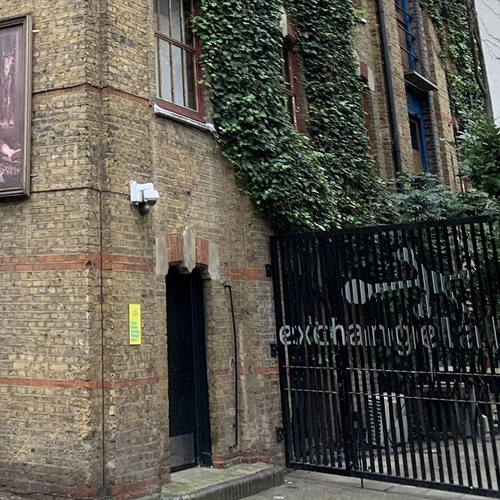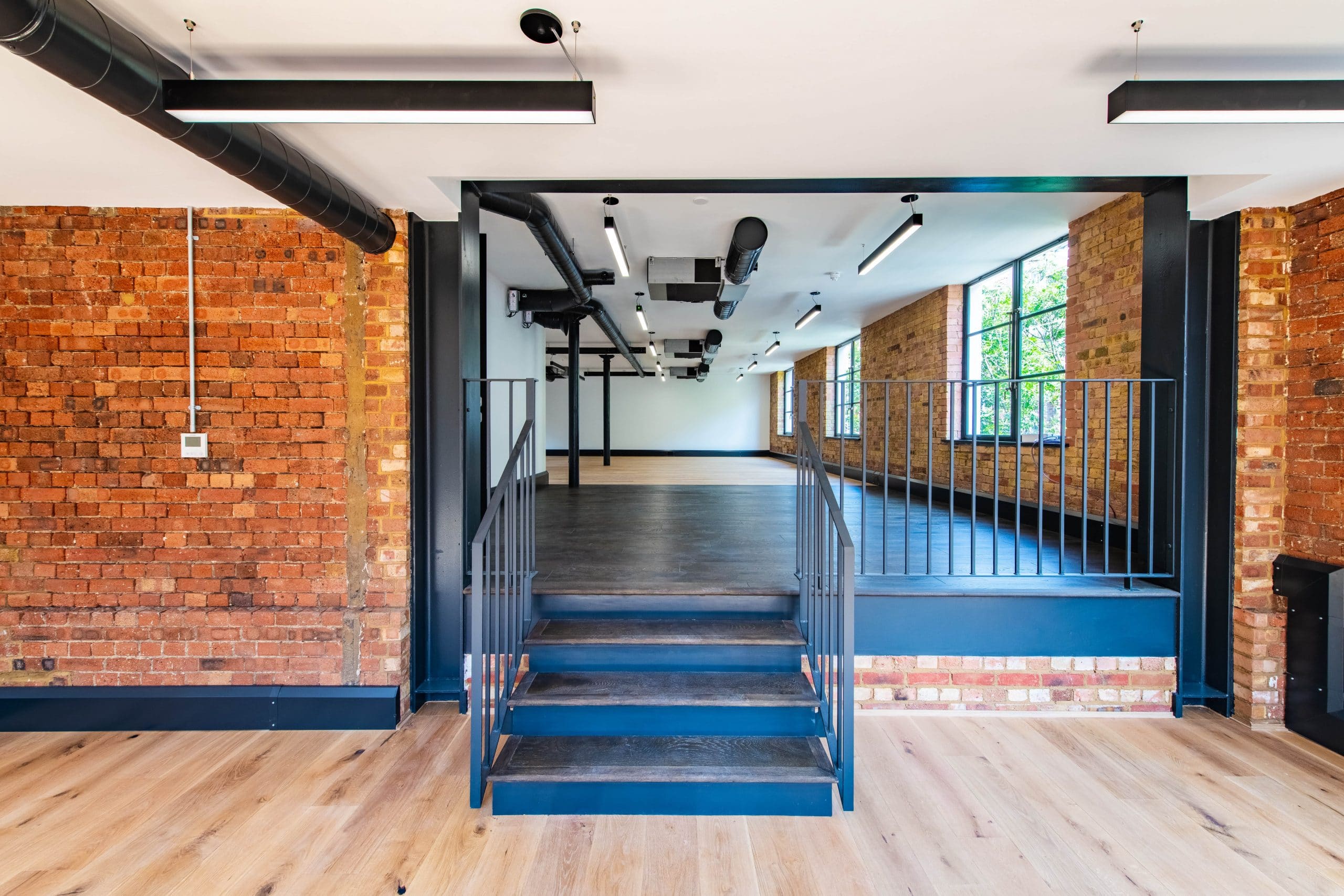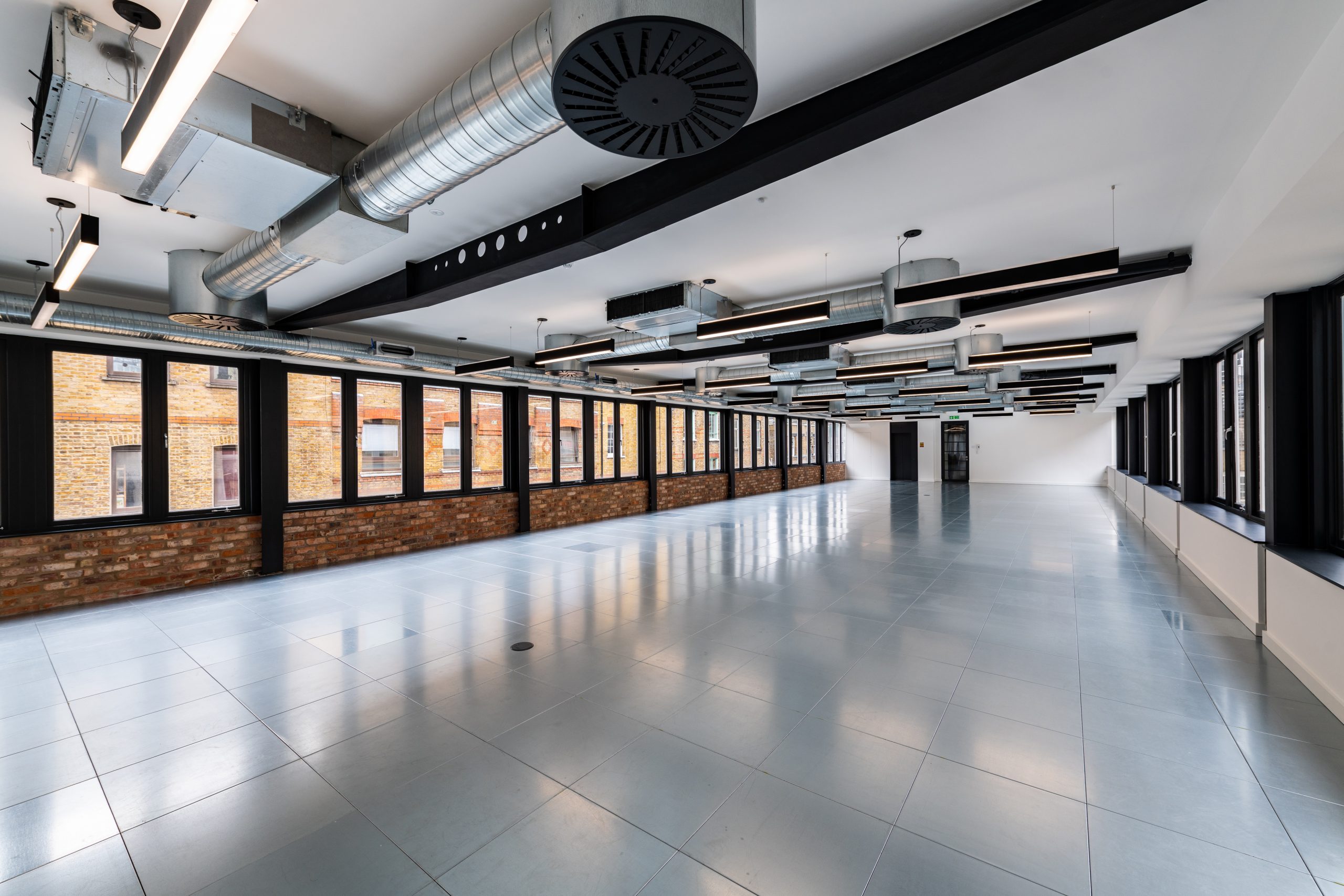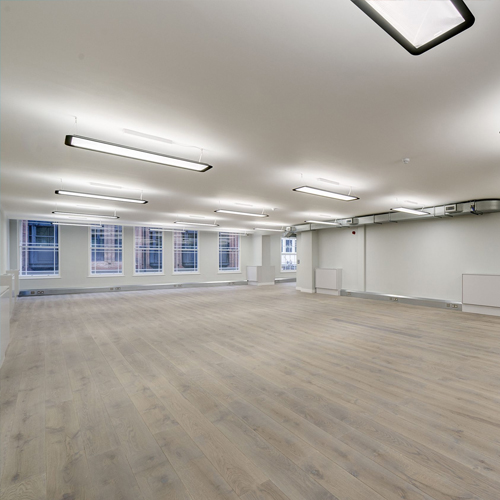A Quick Guide To Dilapidations Surveys
The Dilapidations Survey Guide
What Is A Dilapidations Survey?
Why Would You Need A Dilapidations Survey?
How To Prepare For A Dilapidations Survey
What To Expect During and After The Survey
Understanding A Dilapidations Report
Frequently Asked Questions

The Dilapidations Survey Guide
If you are involved in commercial property, as an owner or tenant, you may hear the term ‘dilapidations survey’ from time to time without being sure exactly what the phrase means.
You may have feared the worst. After all, dilapidation implies something ancient on the verge of ruin. Not ideal if you are discussing a modern contemporary property.
Fear not. For better or worse, the term dilapidations has become the catch-all term for wear and tear in the commercial property industry. For example, from the moment a brand new office opens its doors, things break, fade, stain and get marked. That’s not counting more substantial issues like broken windows, electrical faults or plumbing disasters that might occur during its lifetime. These changes are referred to as dilapidations and they can have a big effect on a building’s value.
This becomes important for most commercial leases because the tenant has a responsibility to return the property in the same condition as it was at the start of the agreement.
What Is A Dilapidations Survey?
A Dilapidations Survey can happen at any time during a property rental agreement but is especially common when one comes to an end. It is an exercise to establish the condition of the property, identify what has changed during the rental period and report on any rectification that is required. Using independent dilapidations surveyors means any wear and tear and associated costs can be recorded fairly and transparently for both parties.

A suitably qualified and independent Dilapidations Surveyor is usually appointed to view the property, record any issues and present a Dilapidations report. This report, often called a Schedule of Dilapidations, describes required repairs and rectifications. It is often a key part of any landlord and tenant negotiation at the end of any lease period.
Why Would You Need A Dilapidations Survey?
Dilapidations Surveyors can represent both tenants and landlords. Landlords can use the report to identify dilapidations and either ask the tenant to rectify them directly or pay a cash sum to compensate for any losses.
For tenants, a dilapidations survey can provide reassurance that any issues occurred during the tenancy agreement and not before. It is a check that the information the Landlord has is accurate and fair.
Some tenants take the initiative and choose to undertake interim dilapidations surveys and reports at various points during their tenancy. This means they are forewarned of any issues and they can make rectifications before the tenancy ends should they wish.
Whoever acts, the reason for a dilapidations surveys is always to understand the condition of a rented commercial property and record any issues fairly and transparently to help avoid disputes between landlords and tenants.

How To Prepare For A Dilapidations Survey?
A dilapidations surveyor will need access to the property and all relevant documentation. This is likely to include the following;
The lease including clauses related to repair and rectification in particular
Any Statutory or Compliance notices affecting the property
Inventories of landlord’s fixtures and fittings
Any Deeds of Variation, side letters or other landlord-tenant agreements outside the initial lease
Any other relevant documentation including records of any previous civil actions between the parties
Historic letting agreements
With paperwork checked, the next step is to ensure the surveyor is made aware of any special issues that might affect their work on-site such as the building’s asbestos register, electrical and gas appliance testing and certification regime, any required alarms or access codes and any other access, lone working or confined space issues.
Once all the above has been completed, the survey can be arranged. It is generally considered best practice to let the tenant’s employees know what is happening. It can be disconcerting to have a stranger inspecting a working environment unannounced.
What To Expect During and After The Survey

A Dilapidations Survey is a very detailed survey recording the condition of a rented building’s structure, components and systems down to minor wear and tear/staining etc.
During the survey, a surveyor, or team of surveyors, will visit the property in question and make a detailed in-person assessment of the condition of the building and its fixtures and fittings. In particular, they will highlight any defects or damage and outline required repairs.
A Dilapidations Survey is a very detailed survey recording the condition of a rented building’s structure, components and systems down to minor wear and tear/staining etc.
During the survey, a surveyor, or team of surveyors, will visit the property in question and make a detailed in-person assessment of the condition of the building and its fixtures and fittings. In particular, they will highlight any defects or damage and outline required repairs.
Full summary of all of the lease obligations
Schedule that sets out the current dilapidations
Proposal or schedule of works that provides details on remediating dilapidations and associated costs
Once the survey report is provided, it generally forms the basis of negotiations between landlord and tenant based on the assumption that the tenant will return the property to the state it was in when they occupied it.
Understanding A Dilapidations Report
It may be that as a tenant or property owner, you do not need to have a full understanding of the technical detail of a dilapidations report. That will depend on your knowledge and interest in the construction industry generally. The key requirement is to agree that the dilapidations have been fairly assessed and any costs identified impartially based on industry best practice.
This is why it is important to procure Dilapidations Surveys from well-qualified and credible independent suppliers. Royal Institution of Chartered Surveyors (RICS) is a professional body and has a range of support available to both landlords and tenants.
Frequently Asked Questions
How Are Dilapidations Calculated?
A professional Dilapidations Survey will ensure each and every dilapidation is identified and itemised with the cost of rectification laid out. The total, plus fees and potential rent, rates and insurance losses are typically included within the amount calculated.
Are Dilapidation Payments Taxable?
Any dilapidation payments that are considered revenue will become taxable under the Income Tax or Corporation Tax rules.
Are Dilapidations Subject To VAT?
HMRC’s VAT notice 742 states that dilapidations payments do not constitute supply so are not liable for VAT.
‘A dilapidations payment represents a claim for damages by the landlord against the tenant’s ‘want of repair’. The payment involved is not the consideration for a supply for VAT purposes and is outside the scope of VAT’
Who Pays For A Dilapidation Report?
This should be defined in the lease. Most landlords require the tenant to pay for surveys, reports, schedules of dilapidations and any enforcement actions.
If you would like to discuss your dilapidation requirements further, please call our office on 020 7391 7100 or email us at surveyor@fandt.com.